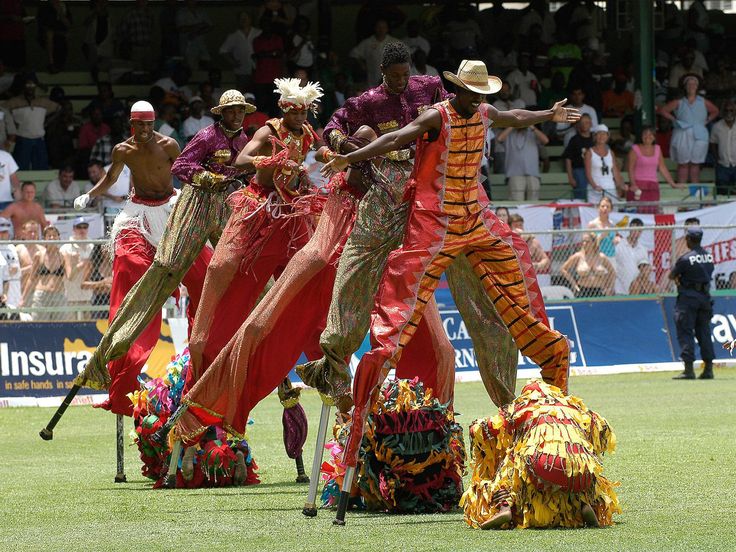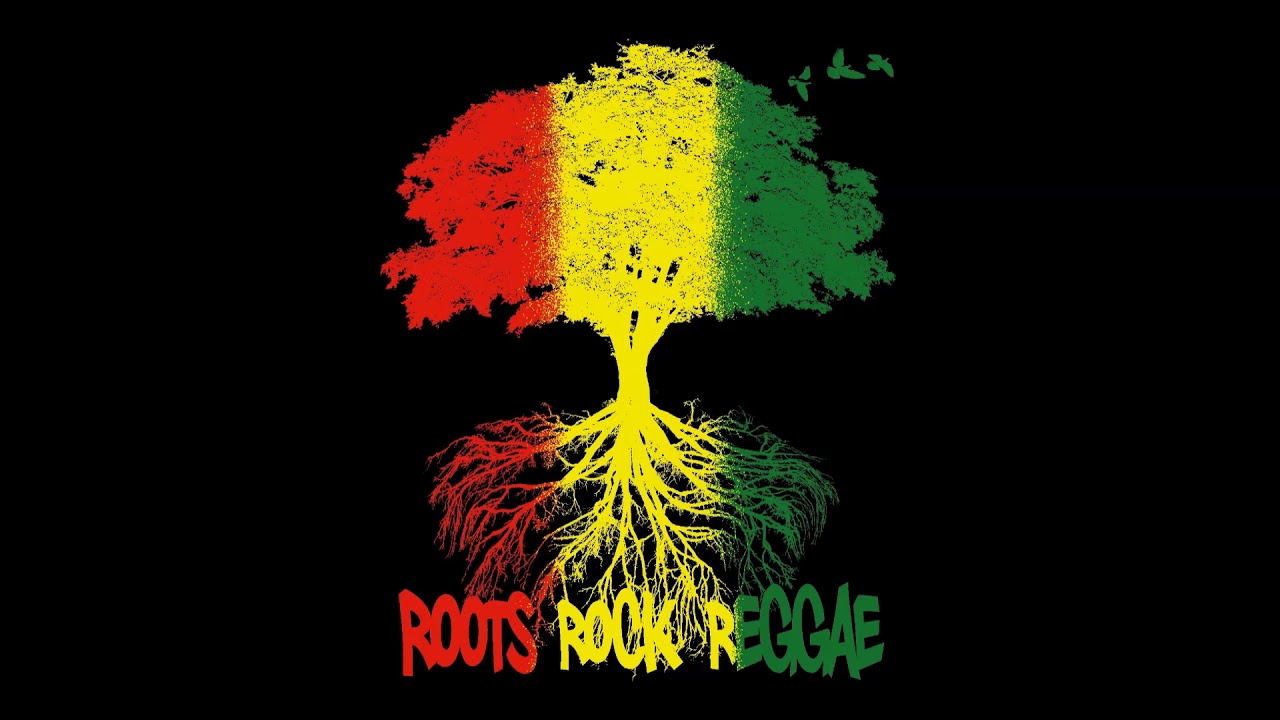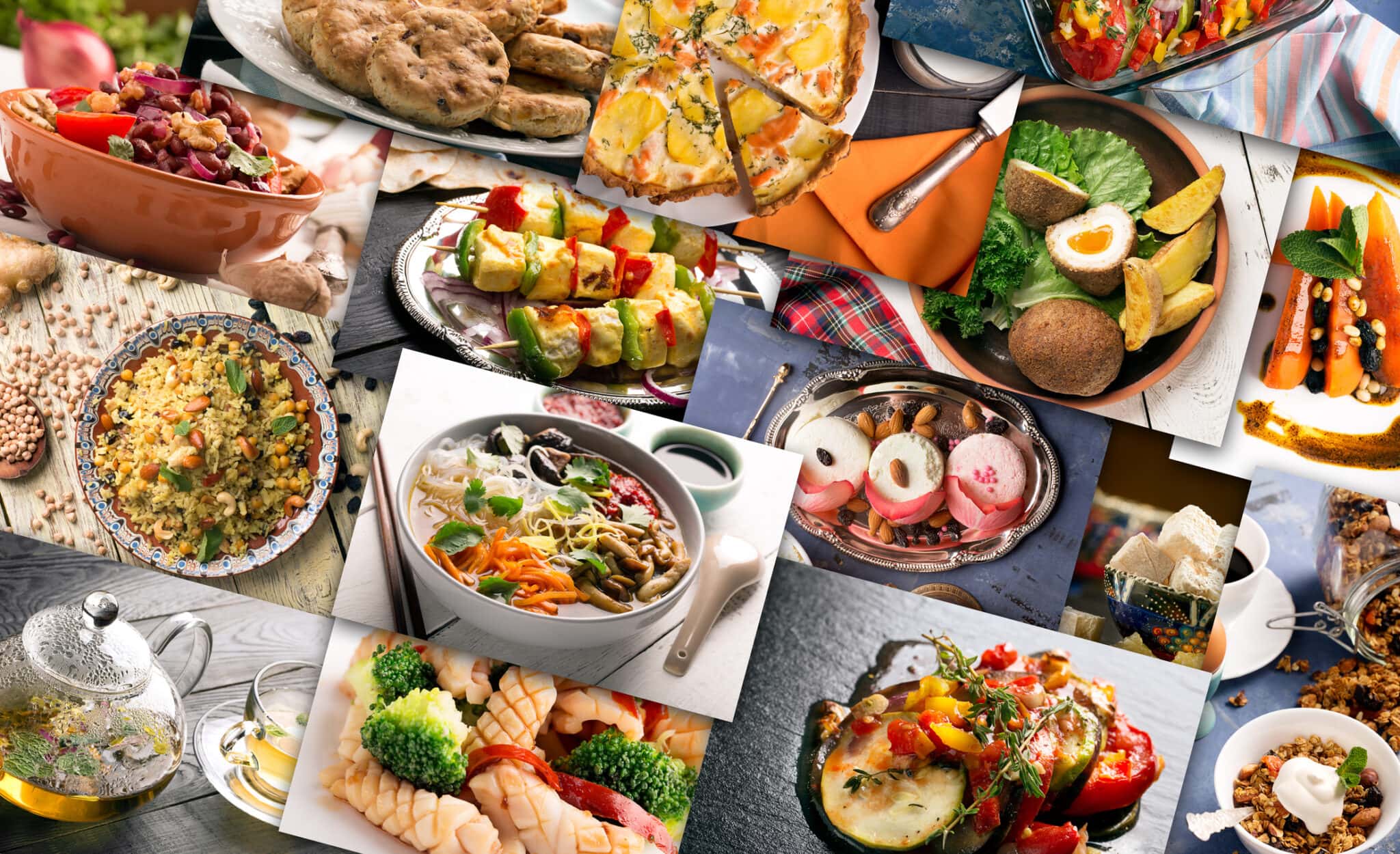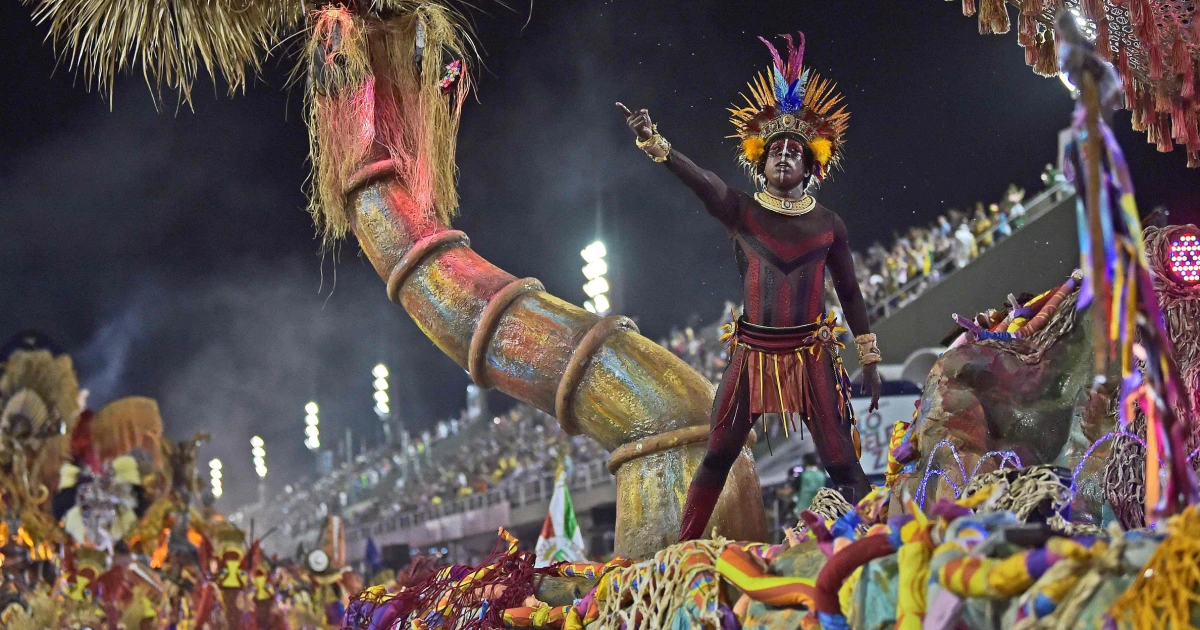Music That Moves You
The Rhythm of Resilience: Reggae Roots
Reggae music pulsates with a unique energy, embodying the spirit of resilience and resistance that has defined Jamaican culture for generations. Born from the fertile ground of ska and rocksteady in the late 1960s, reggae quickly evolved into a global phenomenon, carrying its message of peace, love, and social justice across continents.
Rooted in the struggles faced by marginalized communities, reggae’s lyrics often address themes of poverty, inequality, political oppression, and the yearning for freedom. Legendary artists like Bob Marley, Peter Tosh, and Burning Spear became iconic voices for these concerns, using their music as a powerful tool to inspire change and unite people across borders.
Beyond its lyrical depth, reggae’s infectious rhythm is undeniable. The driving bass lines, syncopated rhythms, and offbeat melodies create a hypnotic groove that compels listeners to move and feel the music deep within their souls. This rhythmic power transcends cultural boundaries, uniting people in a shared experience of joy, energy, and emotional release.
Reggae’s impact extends far beyond music, influencing fashion, language, and social movements around the world. Its distinctive style, characterized by dreadlocks, colorful clothing, and handcrafted jewelry, has become synonymous with cultural identity and liberation. The Rastafarian movement, deeply intertwined with reggae’s origins, advocates for spiritual awakening, self-determination, and a return to African roots.
Today, reggae continues to evolve and inspire, with new generations of artists carrying the torch forward. From dancehall’s energetic rhythms to conscious reggae’s thought-provoking lyrics, the genre remains a vibrant force in contemporary music, reminding us of the power of rhythm to connect, heal, and empower.
Steelpan Serenade: A Symphony of Innovation
Imagine a melody that bursts forth from steel drums, each note resonating with the vibrancy of the Caribbean sun. This is the essence of Steelpan music, a unique and captivating genre born on the islands of Trinidad and Tobago.
What makes Steelpan truly extraordinary is its innovative history. Originating in the early 20th century, this musical marvel arose from humble beginnings. Cans, once destined for scraps, were transformed into instruments by ingenious artisans who sought to create a music that mirrored the spirit of their island home.
These repurposed cans, known as “steelpan”, are meticulously tuned and arranged into a variety of sizes and shapes, each producing a distinct pitch. When skillfully played, they conjure an orchestra of sound, capable of expressing both joyous celebration and poignant reflection.
Steelpan music isn’t just about the unique instrument; it’s also about its profound cultural significance. It is deeply intertwined with Caribbean identity, reflecting the resilience, creativity, and rich heritage of the people.
From traditional melodies to modern compositions, Steelpan serenades audiences worldwide. The sound is instantly recognizable – a rhythmic pulse infused with the warmth and energy of the Caribbean sun.
Dancehall Dynamism: Expressing Modernity Through Movement
Music possesses an extraordinary ability to transcend language barriers and evoke profound emotional responses. It acts as a universal language, connecting people through shared experiences and cultural expressions.
In the vibrant Caribbean region, music plays a pivotal role in shaping identity, fostering unity, and reflecting the dynamic interplay between tradition and modernity. Dancehall, a pulsating genre born in Jamaica, stands as a testament to this potent fusion.
Dancehall’s infectious rhythms, propelled by syncopated beats and heavy basslines, have captivated audiences worldwide. Its lyrical content often delves into contemporary social issues, reflecting the realities of urban life, love, loss, and aspirations. It serves as both a mirror to society and a platform for expression and empowerment.
Beyond its sonic impact, dancehall is inextricably linked to an electrifying physicality.
The genre’s signature dance moves, characterized by their agility, fluidity, and improvisational nature, embody the spirit of liberation and self-expression.
Here are some fascinating insights into how Dancehall dynamism expresses modernity through movement:
Embracing Technology
Dancehall choreography often incorporates contemporary influences from street styles and hip-hop, demonstrating an embrace of technological advancements in music production and dissemination.
Social Commentary Through Movement
Dance moves can serve as a powerful form of protest or commentary on social issues. Choreographers weave narratives into their routines, addressing topics such as inequality, political corruption, and police brutality.
Individuality and Self-Expression
The improvisational nature of dancehall encourages dancers to develop their unique styles and personalities. Each move becomes a statement of individuality and a celebration of personal expression.
Community Building and Cultural Identity
Dancehall serves as a unifying force, bringing people together through shared experiences and a love for the music and movement. It strengthens community bonds and reinforces cultural identity within urban spaces.
Global Reach and Fusion
Dancehall has transcended geographical boundaries, inspiring dancers and musicians worldwide. Its influence can be seen in various dance forms, from Latin hip-hop to African contemporary dance, showcasing its global reach and capacity for cultural fusion.
Through its dynamic movement vocabulary, dancehall embodies the energy, resilience, and creative spirit of modern Caribbean culture. It reflects a society navigating the complexities of globalization while staying rooted in its rich musical heritage.
Culinary Fusion: A Taste of the Caribbean
Spice It Up: Flavor Profiles from Every Corner
Culinary fusion takes center stage when exploring the vibrant tapestry of Caribbean culture, a dynamic blend of indigenous traditions, African influences, and European accents.
In “A Taste of the Caribbean,” readers embark on a flavorful journey through the diverse islands, discovering how each locale has shaped its unique culinary identity. The article delves into the use of fresh tropical fruits, aromatic spices like ginger, nutmeg, and allspice, and the ingenious combination of meats, seafood, and legumes.
“Spice It Up: Flavor Profiles from Every Corner” further amplifies this theme, highlighting the distinct regional variations within Caribbean cuisine. From Jamaica’s fiery jerk seasoning to Trinidad’s decadent doubles, the article explores the complex interplay of flavors that define each island’s culinary character.
The fusion aspect extends beyond ingredients; it encompasses cooking techniques, dietary customs, and cultural rituals. The influence of African griot traditions can be seen in the slow-cooking methods used for stews and jerk dishes, while European colonial legacies are evident in pastries, sauces, and the use of dairy products.
These articles illuminate the rich history woven into each dish, showcasing how Caribbean cuisine is a testament to the resilience, ingenuity, and cultural exchange that have shaped this unique region.
Jerk Chicken Jamboree: A Culinary Icon Explained
Culinary Fusion
A Taste of the Caribbean explores the vibrant and diverse world of Caribbean cuisine, showcasing its unique blend of influences from Africa, Europe, India, and the Americas.
Jerk Chicken Jamboree
A Culinary Icon delves into the history, preparation, and cultural significance of jerk chicken, a beloved dish that represents the heart and soul of Jamaican gastronomy.
Here are 10 fascinating facts about Caribbean culture, interwoven with these culinary concepts:
The Spice is Right
Caribbean cuisine is renowned for its bold use of spices, a legacy of its diverse cultural influences. African flavors like scotch bonnet peppers and allspice are blended with European herbs such as thyme and oregano, creating unique flavor profiles.
A Fusion Feast
Culinary fusion is deeply embedded in Caribbean culture. Each island has developed its own distinct cuisine by adapting ingredients and techniques from various sources.
Jerk Chicken’s Journey
Jerk chicken, often hailed as Jamaica’s national dish, traces its origins back to the indigenous Taíno people of the Caribbean. The marination process involves a complex blend of spices rubbed into the meat and slow-cooked over pimento wood fire, imparting a smoky flavor.
Island Rhythms, Culinary Beats
Music plays a vital role in Caribbean culture, often accompanying social gatherings and celebrations. This connection to rhythm extends to food preparation, where the process itself is often infused with musical energy.
Street Food Sensations
Caribbean street food offers a taste of authentic island flavors. From jerk chicken stands to roti stalls, these informal eateries provide a glimpse into local culinary traditions.
Family Ties and Feasts
Food is central to family life in the Caribbean. Large meals are shared with loved ones, creating opportunities for storytelling and strengthening bonds.
A Celebration of Colors
Caribbean cuisine is a feast for the eyes as well as the palate. The bright colors of fresh fruits, vegetables, and spices add visual appeal to the dishes.
Generations of Recipes
Many Caribbean families pass down traditional recipes through generations, preserving culinary heritage.
Sustainable Practices
Caribbean islanders have a deep connection to their natural environment. Many communities rely on sustainable fishing and farming practices to ensure the long-term health of their ecosystems.
Culinary Innovation: While deeply rooted in tradition, Caribbean cuisine is constantly evolving, with chefs experimenting with new ingredients and techniques while staying true to its core flavors.
Beyond the Beach: Exploring Diverse Caribbean Cuisines
Beyond the allure of its sun-kissed beaches and turquoise waters, the Caribbean islands boast a culinary tapestry woven with diverse threads of history, culture, and geography. “Culinary Fusion: A Taste of the Caribbean” invites us to explore this vibrant world of flavors, moving beyond stereotypical jerk chicken and piña coladas.
The region’s cuisine is a fascinating blend of indigenous ingredients, African culinary traditions brought by enslaved people, and influences from Europe, Asia, and the Middle East. This melting pot of cultures has resulted in unique dishes that reflect the spirit and resilience of the Caribbean people.
Here are some key aspects to understand about the diverse cuisines found across the Caribbean:
Indigenous Roots
Pre-Columbian inhabitants of the islands, like the Taíno and Arawak peoples, cultivated crops like cassava (yuca), sweet potatoes, plantains, beans, and maize. These staples still form the foundation of many Caribbean dishes.
African Influence
Enslaved Africans brought their culinary expertise and ingredients from West Africa, introducing spices like ginger, allspice, cumin, and scotch bonnet peppers. Techniques like stewing, frying, and using palm oil also heavily influence Caribbean cooking.
European Encounters
The arrival of Europeans introduced new ingredients like citrus fruits, onions, garlic, rice, and dairy products. These additions enriched Caribbean cuisine, leading to dishes like callaloo (a leafy green stew) and conch fritters.
Asian Influences
During the 18th century, indentured servants from Asia, particularly India, were brought to work on sugar plantations. They introduced spices like turmeric and curry powder, as well as cooking techniques like roti making.
Regional Variations:
- The Caribbean encompasses many diverse islands, each with its own unique culinary traditions
- Jamaica is renowned for its spicy jerk dishes, ackee and saltfish, and callaloo.
- Trinidad & Tobago offers a vibrant fusion of Indian, African, and European flavors in dishes like curries, doubles (fried flatbreads with curried chickpeas), and pelau (rice dish with meats and vegetables).
- Cuba boasts flavorful ropa vieja (shredded beef stew), tostones (twice-fried plantains), and arroz congri (black rice with beans).
- The Dominican Republic is known for its la bandera (a plate consisting of rice, beans, meat, and salad) and chivo guisado (goat stew).
Beyond the Beach: Embracing Caribbean cuisine is about experiencing a culture deeply rooted in its history, resilience, and vibrant flavors.
“Culinary Fusion: A Taste of the Caribbean” goes beyond the beach to offer a deeper understanding and appreciation for this multifaceted culinary world.
Vibrant Traditions and Celebrations
Carnival Chaos: A Celebration of Life and Color
- Vibrant Traditions and Celebrations, Carnival Chaos: A Celebration of Life and Color
- Nowhere is this cultural richness more evident than in the explosive joy of Caribbean Carnivals.
- These are not simply festivals; they are a powerful expression of identity, heritage, and the enduring spirit of the Caribbean people.
- Held throughout the region, each Carnival has its unique flavor and traditions, but they all share a common thread: a celebration of life, color, music, and dance.
Here are some fascinating facts about Caribbean Carnivals:
- Roots in History: Caribbean Carnivals have deep historical roots, often tied to pre-colonial African traditions that were infused with European influences during the colonial era.
- A Fusion of Cultures: The result is a vibrant blend of indigenous, African, European, and Asian cultural elements, reflected in the music, costumes, and rituals.
- Masquerade and Performance: Carnival is a time when people shed their everyday roles and embrace elaborate masquerades. Elaborate costumes, often adorned with feathers, sequins, and masks, transform participants into fantastical characters.
- The Rhythm of the Streets: The infectious rhythms of soca, calypso, reggae, and other genres pulse through the streets, drawing people from all walks of life to join in the revelry.
- A Cultural Spectacle: From vibrant parades featuring elaborate floats to spontaneous street dances, Carnival is a multi-sensory feast for the eyes, ears, and soul.
Beyond the festivities, Caribbean Carnivals are also significant social events. They provide a platform for communities to come together, celebrate their heritage, and express their creativity.
The energy and spirit of Carnival offer a glimpse into the vibrant culture and enduring resilience of the Caribbean people.
Storytelling Through Song: The Power of Oral Tradition
Caribbean culture pulsates with vibrant traditions and celebrations, deeply rooted in its diverse history and rich oral heritage. Storytelling through song holds a powerful place in preserving cultural identity and transmitting knowledge across generations.
- Oral tradition is the lifeblood of Caribbean storytelling, where tales, legends, myths, and historical events are passed down orally from elders to younger generations.
- Music serves as the primary vehicle for these stories, with genres like calypso, reggae, soca, and mento weaving intricate narratives into catchy rhythms and lyrics.
- These songs often carry profound social commentary, reflecting the joys, struggles, and aspirations of the people.
- For instance, calypso music emerged in Trinidad and Tobago as a form of satirical storytelling, addressing political and societal issues with wit and humor.
- Reggae, originating in Jamaica, became a global voice for social justice, amplifying messages of peace, unity, and resistance against oppression.
- Beyond entertainment, these musical narratives serve as invaluable repositories of historical knowledge, preserving the experiences and perspectives of marginalized communities.
- They teach important lessons about cultural values, societal norms, and the resilience of the human spirit in the face of adversity.
- By keeping these traditions alive, the Caribbean continues to celebrate its unique heritage and connect generations through the universal language of music and storytelling.
Spiritual Crossroads: A Blend of Indigenous, African, and European Beliefs
The Caribbean’s cultural landscape is a vibrant tapestry woven from the threads of Indigenous, African, and European traditions. This unique blend has resulted in a fascinating array of beliefs, practices, and celebrations that set the islands apart.
Indigenous peoples, such as the Taino, Arawak, and Carib, inhabited the Caribbean long before European arrival. They had intricate spiritual systems deeply connected to nature, ancestor worship, and belief in powerful spirits. Many of their traditions, though often syncretized with other beliefs, continue to influence Caribbean spirituality.
The arrival of enslaved Africans brought a wealth of cultural richness, including diverse religions like Vodou/Voodoo, Santeria, Obeah, and various branches of Christianity. These traditions emphasized ancestor veneration, spirit communication, healing practices, and elaborate rituals that often incorporated music, dance, and drumming.
The imposition of European colonialism further shaped Caribbean culture. Christianity, primarily Catholicism, became the dominant religion, but it absorbed elements from Indigenous and African beliefs, leading to unique syncretic expressions.
This blending is evident in festivals like Carnival, which combines Christian themes with pre-colonial African traditions of masquerading, music, and dance. The vibrant costumes, rhythmic drumming, and joyous revelry are a testament to the fusion of these diverse cultural influences.
Spirituality continues to be an integral part of Caribbean life. Many islanders practice a syncretic blend of Christianity, Indigenous beliefs, and African traditions, often incorporating elements from all three into their daily lives.
- 10 Fascinating Facts About Caribbean Culture - September 30, 2024
- 10 Countries Without Universal Healthcare - September 30, 2024
- 10 Examples Of Genetic Hybrids - September 30, 2024







